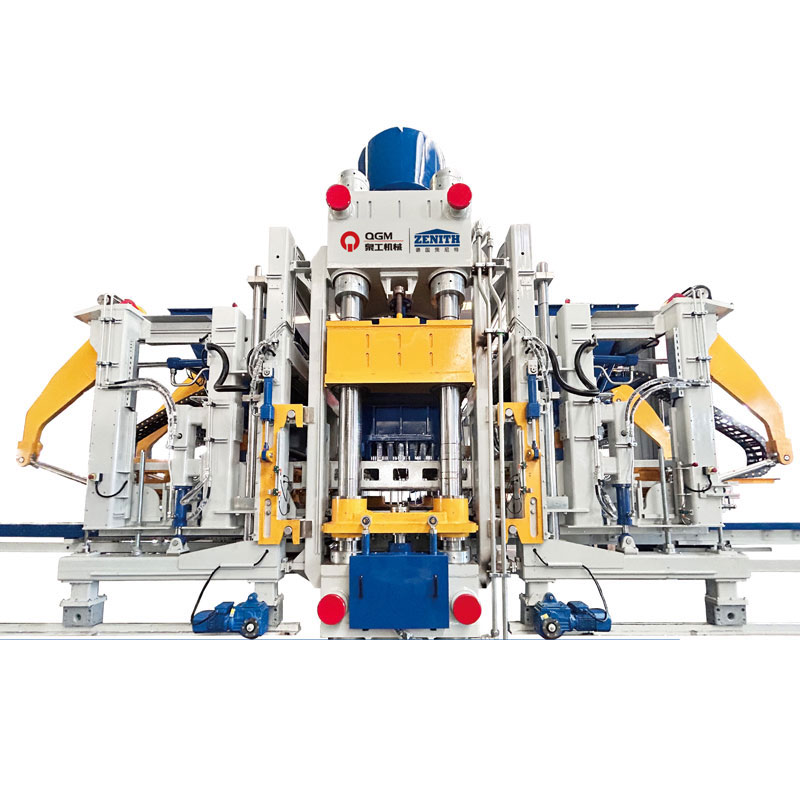
 English
English  Esperanto
Esperanto Afrikaans
Afrikaans Català
Català שפה עברית
שפה עברית Cymraeg
Cymraeg Galego
Galego Latviešu
Latviešu icelandic
icelandic ייִדיש
ייִדיש беларускі
беларускі Hrvatski
Hrvatski Kreyòl ayisyen
Kreyòl ayisyen Shqiptar
Shqiptar Malti
Malti lugha ya Kiswahili
lugha ya Kiswahili አማርኛ
አማርኛ Bosanski
Bosanski Frysk
Frysk ភាសាខ្មែរ
ភាសាខ្មែរ ქართული
ქართული ગુજરાતી
ગુજરાતી Hausa
Hausa Кыргыз тили
Кыргыз тили ಕನ್ನಡ
ಕನ್ನಡ Corsa
Corsa Kurdî
Kurdî മലയാളം
മലയാളം Maori
Maori Монгол хэл
Монгол хэл Hmong
Hmong IsiXhosa
IsiXhosa Zulu
Zulu Punjabi
Punjabi پښتو
پښتو Chichewa
Chichewa Samoa
Samoa Sesotho
Sesotho සිංහල
සිංහල Gàidhlig
Gàidhlig Cebuano
Cebuano Somali
Somali Тоҷикӣ
Тоҷикӣ O'zbek
O'zbek Hawaiian
Hawaiian سنڌي
سنڌي Shinra
Shinra Հայերեն
Հայերեն Igbo
Igbo Sundanese
Sundanese Lëtzebuergesch
Lëtzebuergesch Malagasy
Malagasy Yoruba
Yoruba অসমীয়া
অসমীয়া ଓଡିଆ
ଓଡିଆ Español
Español Português
Português русский
русский Français
Français 日本語
日本語 Deutsch
Deutsch tiếng Việt
tiếng Việt Italiano
Italiano Nederlands
Nederlands ภาษาไทย
ภาษาไทย Polski
Polski 한국어
한국어 Svenska
Svenska magyar
magyar Malay
Malay বাংলা ভাষার
বাংলা ভাষার Dansk
Dansk Suomi
Suomi हिन्दी
हिन्दी Pilipino
Pilipino Türkçe
Türkçe Gaeilge
Gaeilge العربية
العربية Indonesia
Indonesia Norsk
Norsk تمل
تمل český
český ελληνικά
ελληνικά український
український Javanese
Javanese فارسی
فارسی தமிழ்
தமிழ் తెలుగు
తెలుగు नेपाली
नेपाली Burmese
Burmese български
български ລາວ
ລາວ Latine
Latine Қазақша
Қазақша Euskal
Euskal Azərbaycan
Azərbaycan Slovenský jazyk
Slovenský jazyk Македонски
Македонски Lietuvos
Lietuvos Eesti Keel
Eesti Keel Română
Română Slovenski
Slovenski मराठी
मराठी Srpski језик
Srpski језик
How to Select the Right Hydraulic Brick Press Based on Details
2025-09-28
Static-pressed brick machines are the primary equipment used to produce new building products using fly ash, industrial tailings, slag, construction waste, and river sand as raw materials. They are called static-pressed brick machines because they produce no noise pollution during operation.
Main Features of Static-pressed Brick Machines:
Bricks produced by static-pressed brick machines do not require sintering; they only require natural curing or autoclaving. These machines meet national first-class brick standards and are ideal for increasing the recycling rate of waste resources, protecting land resources, alleviating environmental pressures, and producing green and environmentally friendly building materials. They are strongly supported and promoted by national policies. The four-column structure offers a compact design, a small footprint, excellent rigidity, strong stability, and smooth, noiseless operation. Advanced technology ensures the machine's multifunctional benefits, coupled with mature production technology, making it an ideal replacement for sintered clay brick machines.
Key advantages of static brick machines:
1. Wide range of raw materials and low production costs. Fly ash, industrial tailings, river sand, construction waste, and other materials can all be used as raw materials for static brick machines, effectively achieving the goal of recycling waste resources and turning waste into treasure, creating economic benefits.
2. Utilizing PLC hydraulic drive technology, the machine boasts high technological content and a high degree of automation, shortening the molding cycle, increasing the number of blocks formed, and significantly improving production output.
3. Automation reduces labor workload, allowing the formed products to be automatically stacked, saving significant manpower and time.
4. The machine can produce a variety of products by changing molds, such as standard bricks, hollow bricks, blind hole bricks, porous bricks, grass bricks, and square bricks, meeting market demand.
Static brick machines offer high molding pressure, high density, and high hardness. The produced bricks can be directly gripped and stacked by a stacker, eliminating the need for pallet maintenance. Traditional block machines require cement bricks to be placed on pallets and cured to a certain hardness before stacking.
How to choose?
1. Hydraulic press type selection: Hydraulic presses come in a variety of types, each with varying rigidity, precision, and applications. The appropriate choice should be based on the production process, batch size, mold requirements, and precision requirements. For large batch sizes and small and medium-sized parts, a crank hydraulic press with ease of operation and high production efficiency can be selected. For deep-drawn parts like laundry tubs, a hydraulic press designed for drawing should be selected.
2. Determine the purchase specifications based on your actual needs, adhering to the following principles:
① Users should understand the workpieces they will be processing and whether they have any special requirements for the hydraulic hydraulic brick press. At the same time, allow for margins to account for future expansion needs.
② The nominal pressure of the hydraulic brick press must be greater than the punching process force. However, for processes with long working strokes, it's not enough to simply meet the process force; the load curve must also be considered.
③ The number of strokes of the hydraulic brick press should meet productivity requirements. ④ The slide stroke of the static brick press should ensure that the workpiece reaches the required height and can be smoothly removed from the die after the stamping process is completed. For drawn parts, the stroke should be at least twice the workpiece height. The hydraulic press's closing height, worktable dimensions, slide dimensions, and die handle hole dimensions must all meet the requirements for proper mold installation. For crank presses, the die closing height should be between the press's maximum and minimum die heights. The worktable should generally be 50-70mm (per side) larger than the die base to facilitate installation. The backing plate aperture should be larger than the projected dimensions of the workpiece or scrap to prevent leakage. The die handle dimensions should match the die handle hole dimensions.
3. Choosing a Manufacturer
As the saying goes, a good tool must be sharp before you can do your job well. The quality of a static brick press directly impacts production efficiency. Choosing a reliable manufacturer is more important than any other factor. When selecting a hydraulic press, check the hydraulic press's design and whether the paint finish is even and smooth. A smooth surface with no pitting is preferred. In addition, it is essential to keep the static brick press in good condition and debug it correctly. Furthermore, the faster the hydraulic press rotates, the higher the production efficiency; weight can, to a certain extent, reflect the durability of the hydraulic brick press; low power consumption and low oil temperature mean a longer service life. The sealing performance of a static brick press directly affects its use and lifespan; a good hydraulic press will not leak oil. Furthermore, scientific material selection is also key to extending the service life of a hydraulic press. Therefore, it is important to be cautious not only when selecting a hydraulic press, but also when using it.

Quangong Machinery, a reputable Chinese manufacturer and a leading domestic block-forming machine manufacturer, adheres to the business philosophy of "Quality determines value, expertise makes a career." Integrating German technology, we actively innovate and develop our own core technologies. Our static block press is energy-efficient, high-speed, and affordable. It features a four-column press and hydraulic transmission.
| Aspect | Overview |
|---|---|
| Technology | Concise Technical Features |
| High-Quality Frame Design | Patent Design, Strong Steel, Stable. |
| Material Distribution System | Durable Placement, Efficient Feeding, Wear-Resistant. |
| High-Pressure Hydraulic System | High-Pressure Hydraulic, Fast & Stable, Energy-Saving. |
| Servo Control | Low Energy, Smooth Braking, Synchronization. |
| Fully Automated Control | Smart Operation, Labor-Saving, Stable. |




